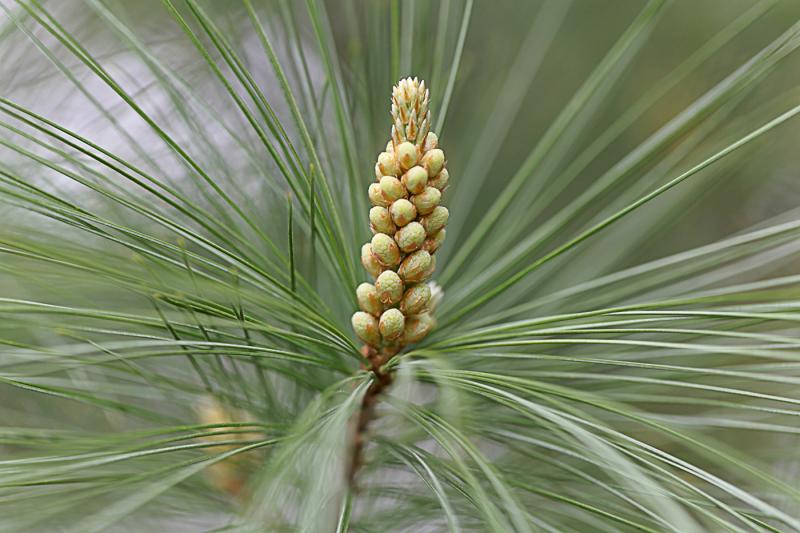Pine trees can actually be tasteful as well as beautiful
We refer to them as the Algonquian, but going back to prerecorded history, the Mohawk referred to the neighboring tribe as the “eaters of trees” or ha-de-ron-dah, which became our word Adirondack.
Indeed, pine bark, or more specifically, the inner core or phloem, was a staple food for many Native Americans. The rubbery, creamy-white phloem is a living part of the tree that rests against its wooden core.
The inner bark of pine trees contains vitamin C, especially valuable during short winter days. Pine bark is still eaten in Scandinavian baked goods such as pettuleipä, a type of sourdough bread made with pine bark flour mixed with traditional rye flour.
Tea made from pine needles was commonly used as a cold remedy, and to treat sore throats, coughing, chest congestion and lung infections.
You can grow your own Eastern white pine (Pinus strobus) even as a large container or potted plant.
White pines grow best in slightly acidic, well-drained soil where they will get full sun. To encourage strong, steady growth, keep the newly planted trees well watered when young, These are fast-growing trees that can eventually reach 80 feet tall and 40 feet wide. They can live for more than 450 years. A nice benefit is that they are deer resistant.
Eastern white pines have long, soft needles. They are found in the wild from Newfoundland to as far south as Georgia, so they are hardy in a wide range of growing zones, from USDA Zone 3 to Zone 8. Planted close together, eastern white pines form terrific windbreaks. They can even be clipped into soft-needled hedges.
If you are not up to stripping the inner bark from your pine trees, you can use the needles to infuse sugar. First, always wash your pine tree needles with dish detergent and rinse repeatedly to remove dirt and insects. Then let the needles dry completely dry by spreading them out in a single layer on cookie sheets.
Add 1 cup of fresh Eastern white pine needles to 1 cup of sugar and grind until well blended. Let this sit for a few weeks so the flavors can blend. You can also use brown sugar or maple sugar along with the pine needles. This infused sugar is especially useful in desserts such as ice cream, cookies, pies and even cheesecakes. Use pine-infused sugar to coat the rims of sweet drinks.
In addition to pine-infused sugar, you can create pine-infused salt. Simply grind 1/2 cup of fresh pine needles with 1 cup of salt. You will have the best results using a spice grinder or commercial-grade chopper. Let the salt and pine needle mix sit for a few days and use it as you would regular salt.
Finally, you can make Eastern white pine vinegar. Cover 1/3 of a cup of white pine needles with vinegar. Store in a cool, dry place out of direct sunlight, and after a few weeks it will be infused. Strain the pine needles out and use it to add a woodsy-fresh flavor to salad dressings, stir-fries, stews and soups.
So this year, don't decorate a tree, eat it. Use your Eastern white pine trees in foods and be an eater of trees, a true Adirondack.
















































